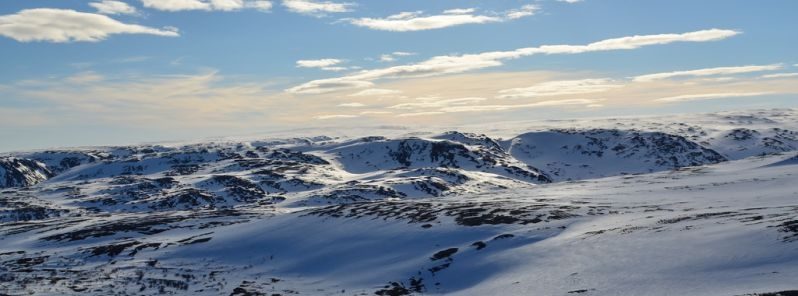
Finnmark, Norway
The municipality of Berlevåg, in Norway's Lapland (Finnmark) has been
experiencing problems of food deliveries and transport for six consecutive days. An avalanche and heavy snowing blocked the county road leading to the village on Friday, March 23, 2018.
In addition, the ship from Hurtigruten cruise lines has had problems to dock due to bad weather conditions. On March 26, The Norwegian Water Resources and Energy Directorate issued nationwide avalanche warnings due to the huge amounts of snow in the mountains and suddenly shifting temperatures.
Since Friday, the only road leading to Berlevåg, county road 890, has been largely closed due to the danger of avalanche. It was managed to be opened for short periods of time on Sunday and Monday by Norwegian Public Roads Administration. On Tuesday evening, a Hurtigruten ship was allowed to dock in
the village, which was empty of food supplies like vegetables and milk. The avalanche danger level remains high, level 4 on many parts in Norway's Lapland (Finnmark).
Comment: This winter has brought unprecedented events to the entire North hemisphere - and winter in the southern hemisphere wasn't much different: